Blog
5 STEPS | Developing safe systems of work
A large percentage of serious and fatal accidents at work involve a lack of, or failures in, systems of work.
After all, without a set method for carrying out a task safely and a recognised procedure in place to deal with non-routine processes, the threat of mistakes being made is high.
You might have heard the term ‘safe system of work’ before in the context of workplace health and safety, but what does SSOW mean? What are safe systems of work, why are they important, and where do they fit into employers’ health and safety management systems? Let’s take a look.
Blog
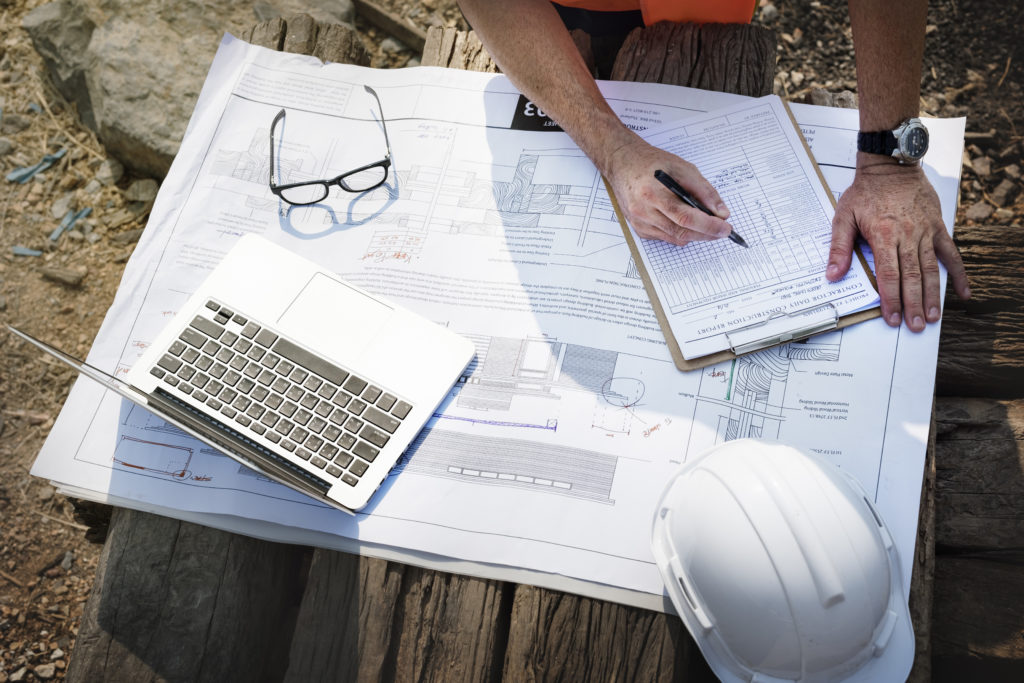
What is a safe system of work?
As the name suggests, a safe system of work is a defined set of procedures, resulting from a careful study of a task, that inform how work must be carried out. Safe systems of work are developed by taking into account the people, substances and equipment involved in undertaking a task, identifying all foreseeable hazards and assessing the risks, and then seeking to minimise or eliminate these risks by providing a formal framework for workers to follow.
Examples of safe systems of work in the UK are typically laid out in a written document, for example, written operating procedures. They can also be more informal; verbal instructions, a list of dos and don’ts, and accepted custom and practice are all examples of informal safe systems of work. However, for the sake of clarity, ease of reference, and demonstrating compliance, written systems of work are preferable.
Related Information
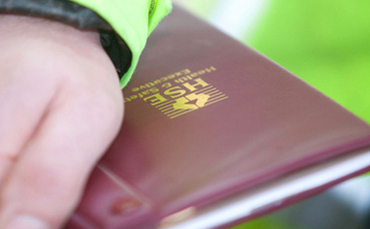
BLOG
HSE Injury and Ill-Health Statistics 2020 | Some Improvements but Challenges Remain
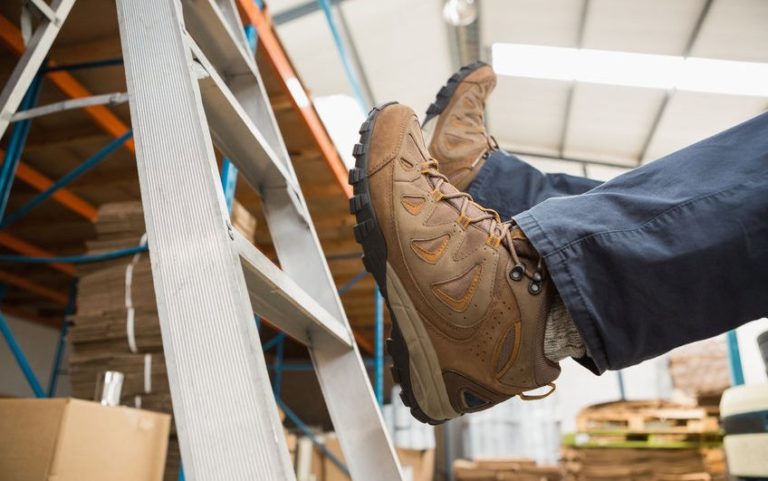
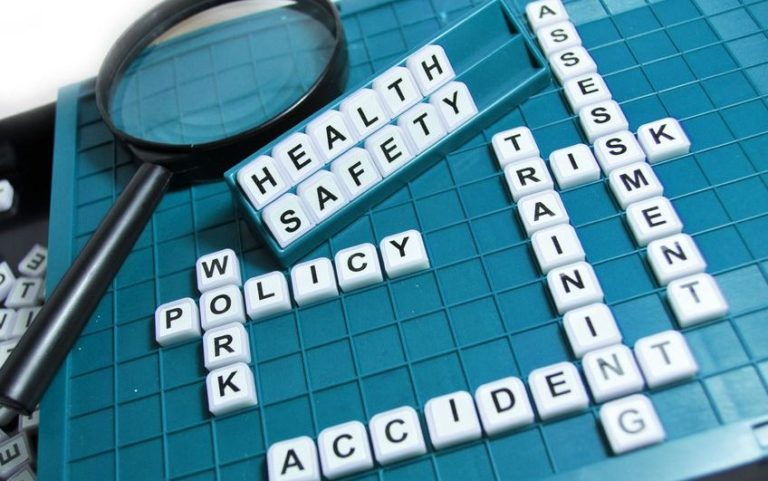
Why is it important to develop SSOW?
It might not always be possible to completely eliminate risk through the way you design and select facilities, equipment and processes. In these circumstances, risk can be reduced by implementing physical controls, providing personal protective equipment (PPE) and developing safe systems of work.
Safe systems of work ensure that all the steps necessary for safe working have been anticipated and implemented and are designed to reduce human error. They prevent situations where workers attempt to cut corners, rush through a task or take unnecessary risks, reducing the likelihood of accidents occurring.
For employers, devising safe systems of work, and providing training to ensure they are carried out effectively, will not only help to prevent accidents occurring in the first place but will help to defend prosecutions should accidents occur by providing evidence of the steps taken to ensure safe practices. With fines having increased 450% since the introduction of new sentencing guidelines in 2016, taking the time to proactively strengthen your safety systems is crucial, and developing safe systems of work is a key part of this.
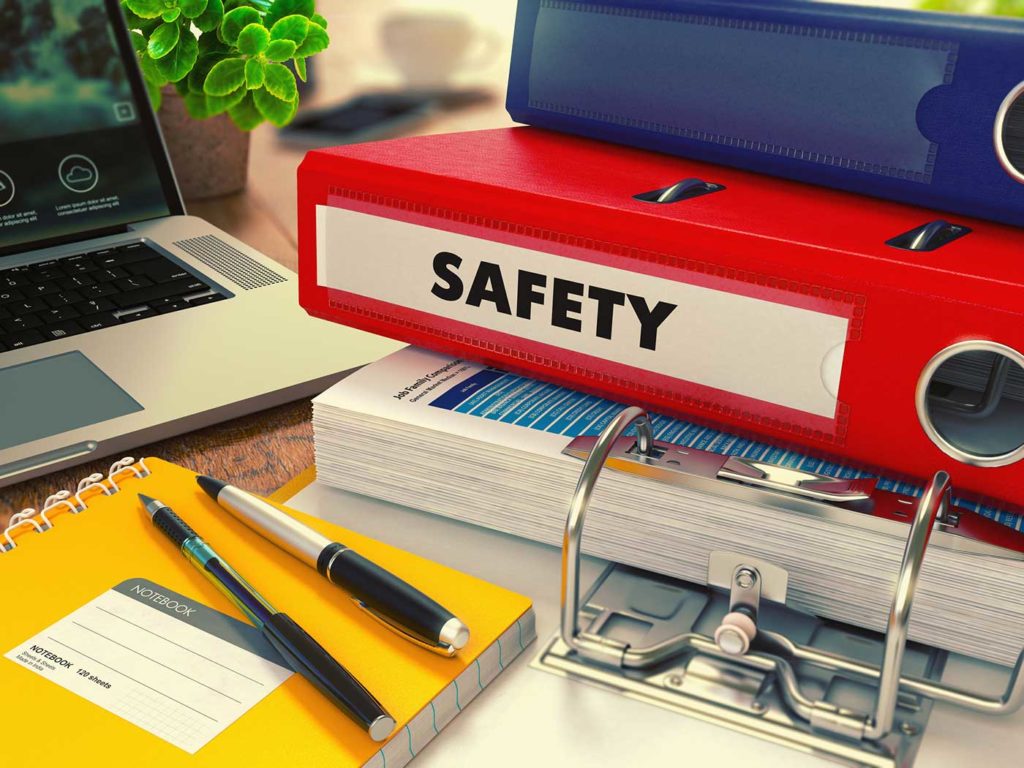
Are SSOW required by law?
Under Section 2(a) of the Health and Safety at Work etc Act (HSWA) 1974, employers must, ‘so far as is reasonably practicable’, provide and maintain systems of work that are practical, safe and without risks to health. The phrase ‘reasonably practicable’ is rather vague in its meaning, which is why employers often seek professional health and safety advice to help determine what is reasonable when it comes to creating safe systems of work.
Many regulations made under the HSWA, such as the Provision and Use of Work Equipment Regulations (PUWER) 1998, require that workers are given appropriate information and instruction on how to use work equipment safely. This is, in effect, another more specific requirement to provide safe systems of work.
How do I create a SSOW?
There are five basic steps to developing safe systems of work.
Step 1: Task assessment
To determine where safe systems of work need to be developed, you should start by assessing your organisation’s operations.
A safe system of work should be based on a thorough assessment of the task the system is to cover, so it’s important that all aspects of a particular task/job are examined and put into writing to make sure that no elements of the task are overlooked.
Make a note of:
- What is used (plant and equipment, substances, machinery, electrical sources);
- Potential error sources (possible human error, short cuts, equipment failure);
- Where the task is carried out (the working environment and its protection needs); and
- How the task is carried out (procedures, task frequency, training needs).
This assessment should be done by supervisory staff with input from workers with detailed knowledge of the activity. That way, the system of work produced is effective and practical as well as safe, and any assumptions that supervisors might have about methods of work don’t differ from reality. Not only that, but consulting with workers who are exposed to risks (either directly or indirectly) is also a legal requirement.
Workers may also be in the best position to help with preparing a safe system of work.

Step 2: Hazard identification and risk assessment
The law requires employers to conduct a ‘suitable and sufficient’ assessment of all risks that employees and others may be exposed to, so once you have produced a detailed overview of the task, the next step is to conduct a risk assessment. This involves listing the task’s elements, and for each element:
- Identifying possible causes of harm;
- Evaluating the likelihood of that harm occurring given the safeguards you have in place; and
- Putting in place further safeguarding measures where necessary to reduce the risk to as low a level as reasonably practicable.
The exact method of analysis you adopt depends on the nature of the task/job or operation.
- If what is being considered involves high loss potential, then formal hazard analysis techniques such as a hazard and operability (HAZOP) study, fault tree analysis (FTA) or failure modes and effects analysis should be considered.
- If the potential loss is lower, a simpler approach such as job safety analysis (JSA) may be used.
Step 3: Defining safe methods
If you can’t eliminate hazards and risks remain, then procedures to ensure a safe method of work must be worked out.
Instructions must be given by supervisors or managers; leaving your workers to come up with their own method of work isn’t a safe system of work.
Different jobs will require different types of safe systems, depending on the level of risk involved. For example, a very-low risk job may just require workers to follow a simple set of safety rules or a previously agreed guide (which may or may not be in writing). A very high-risk job, on the other hand, may require a formal written permit to work system.
The chosen method can be explained verbally and/or in writing. The following is a general guide to risk level and the safe system type required:
- Very high – Permit to work
- High – Written safe system or permit
- Moderate – Written safe system
- Low – Written safe system
- Very low – Verbal instruction (with written backup such as brief written safety rules)
- How to safely set up the task and any authorisation required;
- The conditions which must be confirmed before work starts;
- The key steps of the task and the hazards to be aware of;
- The approved safe working methods, including, if appropriate, how to get to and from the task area; and
- How to dismantle/dispose of equipment or waste at the end of the task.
Step 4: Implementing the system
Safe systems of work will only be effective if properly implemented and maintained.
Training
In order to ensure safe systems of work are followed every time, your employees must be:
- Adequately trained in how to carry out the process correctly;
- Competent to carry out the work safely; and
- Aware of the systems and hazards which the safe methods aim to remove/reduce.
It is vital that everyone appreciates the need for the system and its role in preventing accidents. Particular training might therefore include:
- Why the safe system is needed;
- What is involved in the work;
- The identified hazards; and
- The precautions that have been decided.
Communication
Remember, for the system to be successful, there must be adequate communication. The system’s details should be fully understood by everyone who works with it. The importance of discussing the proposed system with those who will have to work under it and those who have to supervise its operation cannot be underlined enough.
Regular reviews
Safe systems of work must be reviewed and revised regularly to take account of changed conditions or accidents. See ‘How often should SSOW be reviewed?’ for more information.
Step 5: Monitoring the system
Your system must be carried out on each and every occasion. This requires effective monitoring: regularly checking to make sure that the system remains appropriate for the task and that it is being fully complied with. It is not enough to only check systems after an accident.
Simple questions to ask may include:
- Do workers still find the system workable?
- Are laid-down procedures being carried out?
- Are these procedures still effective?
- Have there been any changes that require the system to be revised?
Remember, a devised system that is not followed is NOT a safe system of work. Always seek to find and fix problems.
Importantly, there must always be sufficient supervision if the system is to going to be followed and work carried out safely. The level of supervision required will depend on the particular worker’s experience, the complexity of the task, and the risks involved.


Engineering company fined over unsafe work method
As an example of what can happen if safe methods aren’t established and followed, an engineering company has been fined after an employee was fatally struck on the head.
The worker was helping a colleague move pipes from one part of a fabrication workshop yard to another. The men had decided that the pipes should be lifted at one end using a side loader. However, a lifted pipe rolled off the loader’s forks and fell on to a wooden bearer. This sent the bearer into the air, striking the man on the head.
An investigation by the Health and Safety Executive (HSE) found that the work method used to lift and move the pipes was unsafe. There was no means to secure the pipe to the side loader’s forks once lifted. This meant the operator had no control over the pipe when it began to roll along the forks.
IODS Pipe Cad Limited pleaded guilty to breaching the Health and Safety at Work etc Act 1974. It was fined £60,000.
The HSE said: “This tragic incident could so easily have been avoided by simply carrying out correct control measures and safe working practices”.
It added: “Companies should be aware that HSE will not hesitate to take appropriate enforcement action against those that fall below the required standards”.
How often should SSOW be reviewed?
Safe systems of work should be reviewed at least annually to ensure:
- They reflect any changes in legislation;
- They comply with recent risk assessments;
- Any accidents, injuries or diseases are taken into account to further improve controls;
- Safer substances are considered;
- Any new or modified plant/equipment is considered;
- New working methods are used; and
- Advances in technology are taken advantage of.
Need a helping hand developing strong safety management systems?
Ellis Whittam is one of the UK’s leading providers of fixed-fee Health & Safety services. Our UK-wide network of consultants have over 350 years’ combined experience of keeping clients safe though practical, straightforward, hands-on support.
If you would like to offload the pressure of health and safety management to a qualified professional, who will get to know your organisation and take on the role of one of your legally-required competent persons, let’s talk.
Call 0345 226 8393 today to speak to one of our friendly team or request your free consultation using the button below.
3 things to remember
- Safety systems must be led from the top down, with managers not just talking about safety, but actively demonstrating safe working practices.
- Safe systems of work are intended to supplement, not replace, stronger prevention controls such as good equipment design or physical safeguards.
- Enforce a Stop Work Authority program which requires workers to stop work immediately if they perceive an unsafe condition or behaviour may result in a health and safety incident. Always make the system safe and seek competent advice before resuming.
Sign up for the latest news & insights
Resources
Latest News & Insights

Work from wherever? | Things to consider before allowing employees to work from abroad
BLOG Written by Alexandra Farmer on 25 May 2022 A few years ago, the idea of working from anywhere in the world seemed like a pipe dream.

Reduced workforce? Here’s 5 health and safety areas you need to revisit
BLOG Written by Charles Spencer on 18 May 2022 In 2022, a growing number of businesses have moved, or are in the process of moving,

Fee for Intervention | Why health and safety breaches could cost your business more in 2022
BLOG Written on 16 May 2022 It’s a well-known fact that poor health and safety practices cost businesses money. And with the HSE recently announcing yet another

Remote work isolation | How employers can help combat loneliness
BLOG Written on 12 February 2021 While the benefits of remote work are seemingly boundless, often overlooked is the isolation and disconnectedness that it can

Time off for getting married or moving house
BLOG Written on 12 May 2022 There are certain big life events that can sometimes get in the way of work. Whether it’s a wedding

Recent cases highlight continued work at height failings
BLOG Written on 6 May 2022 Working at height continues to be the leading cause of work-related fatality. According to most recent HSE figures, these

Managing organisational change | How to keep people happy
BLOG Written on 28 February 2022 In the direst of circumstances, humanity’s true capacity for adaptation and perseverance can be realised. Where the business world

5 ways to combat 2022’s recruitment challenges when you can’t pay more
BLOG Written by Christian Vincent and Hannah Copeland on 15 April 2022 In 2022, recruitment and retention are fast becoming employers’ biggest challenges. With people

A war of words | Managing employees’ political views on the Russia-Ukraine conflict
BLOG Written by Lesley Rennie on 13 April 2022 The war in Ukraine, and the daily news reports of fatalities, continues to spark conversation in


